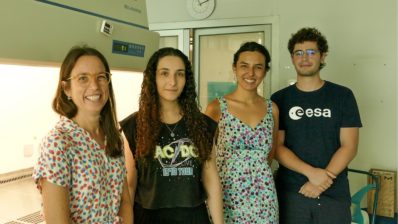A new mathematical model has allowed researchers to identify how habitat and seasonality influence viral infections in plants. The model, developed by researchers at the Institute for Evolutionary Biology (IBE: CSIC-UPF), combines ecology and evolution for the first time. So far, the performed studies did not consider that, in general, interactions between species living within the same community are exposed to a heterogeneous environment.
The study, carried out over a 3-year period, identifies the role of eleven viruses in many different Mediterranean ecosystems. To do this, the research team has used mathematical networks from which they have extracted a model of patterns of interaction among species.
As a consequence of globalization, ecosystems are increasingly interconnected. This fact favors the rate of virus spread among plants.
“Somehow, so far we did not have analysis tools to integrate all the parameters that play a role in plant infections. We did not see the complex structure behind these host-pathogen interactions”, confirms the leader of the study and IBE principal investigator, Sergi Valverde.
This research project could also provide relevant information to predict the impact of climate change and global warming on the spread of viral infections in plants.
Valverde S. et.al. Coexistence of nestedness and modularity in host–pathogen infection networks. Nature Ecology and Evolution. DOI: doi.org/10.1038/s41559-020-1130-9






